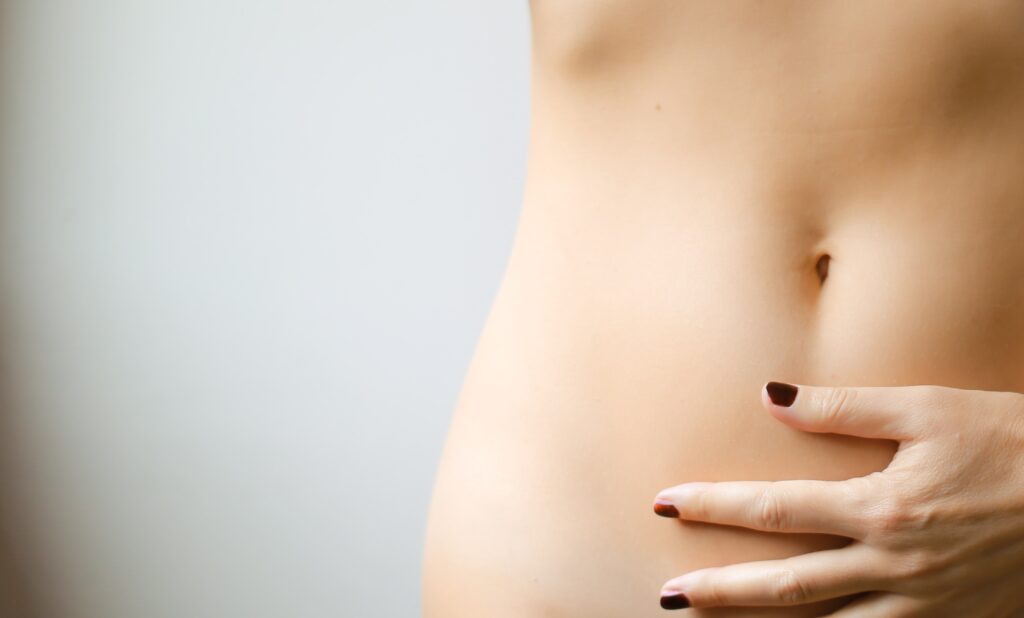Tummy tucks, also known as abdominoplasties, come in several different types. Just like each patient seeking one is unique, a different technique will be used to address specific concerns. The two main procedures performed by Dr. Rodgers are referred to as traditional abdominoplasty and mini abdominoplasty. Several factors play into improving the abdomen’s appearance and overall function. A patient typically seeks an abdominoplasty after weight loss to remove excess skin and/or after pregnancy to help repair muscles. During pregnancy, excess abdominal pressure can cause the rectus muscles to separate, this is called diastasis. This often leads to the dreaded “pooch” that will not improve with diet and exercise. Many patients with this will come in saying “I have tried everything, and this stomach just won’t go away!” This separation of the muscles is also the reason for a weakened core and excess strain placed on the lower back.

A traditional abdominoplasty is used to repair the abdominal muscles and remove excess skin. Incisions typically spread from hip to hip but are low enough to be covered by underwear or a swimsuit bottom. This procedure allows Dr. Rodgers to safely remove the skin from the belly button down to the incision line; the remaining skin then stretches downward to create a flatter stomach. The belly button remains attached to the abdominal wall, but a new hole will be created in the skin for it to come out of. If the patient is also experiencing an umbilical hernia through the belly button, this can also be addressed at the same time.
A mini abdominoplasty may sound “less invasive” in theory, but in reality, the recovery is virtually the same. It is only referred to as a mini because the incision is slightly smaller. An ideal candidate for a mini tummy tuck is someone who has experienced separation of the abdominal muscles from pregnancy but does not need significant skin removal. This procedure allows Dr. Rodgers to tighten the rectus muscles which will help eliminate the “pooch,” and remove a small amount of skin. The belly button stays attached to the outer portion of the skin and a new hole is not created. The incision is typically smaller, roughly the size of a c-section scar. Most of the postoperative discomfort comes from repairing the muscle so both procedures have a very similar downtime. Exercise still needs to be avoided for 6 weeks as the muscle heals.
Like all procedures in the world of plastic surgery, these two can be further customized for each patient. A mini tummy tuck could also include liposuction of the abdomen and love handles. If a patient would like to remove excess skin but has not been pregnant or experienced rectus diastasis, a traditional tummy tuck would also be used to remove the proper amount of skin and the muscles do not need to be addressed. This is particularly common in patients who have achieved significant weight loss and male patients.
A thorough examination will be required for Dr. Rodgers to make her surgical recommendation. This will include her examining the integrity of the muscle and checking for any underlying hernias. Although patients can go on and have successful pregnancies after an abdominoplasty, it is recommended that patients are finished having children to achieve maximum long-term benefits. This procedure is often paired with others such as breast augmentation or breast lift. These can safely be done together and is referred to as a mommy makeover. You can read more about a mommy makeover here. Please call our office today at 303-320-8618 to schedule your consultation for a tummy tuck today!



